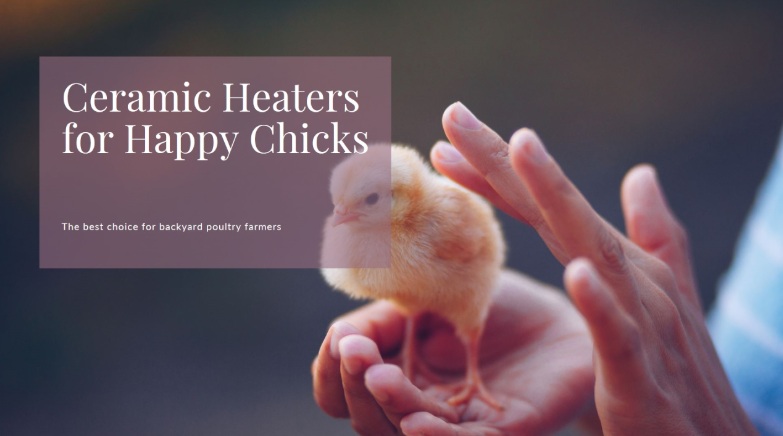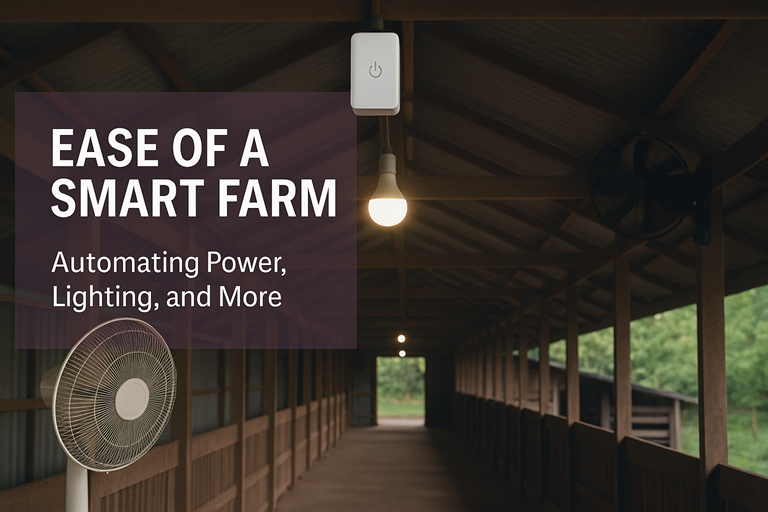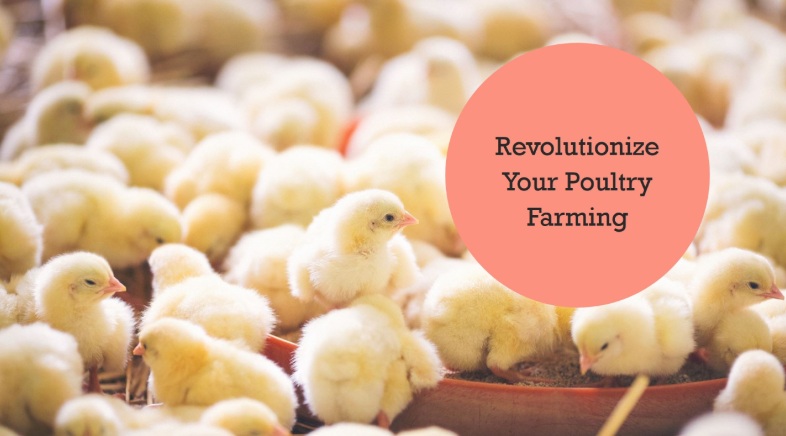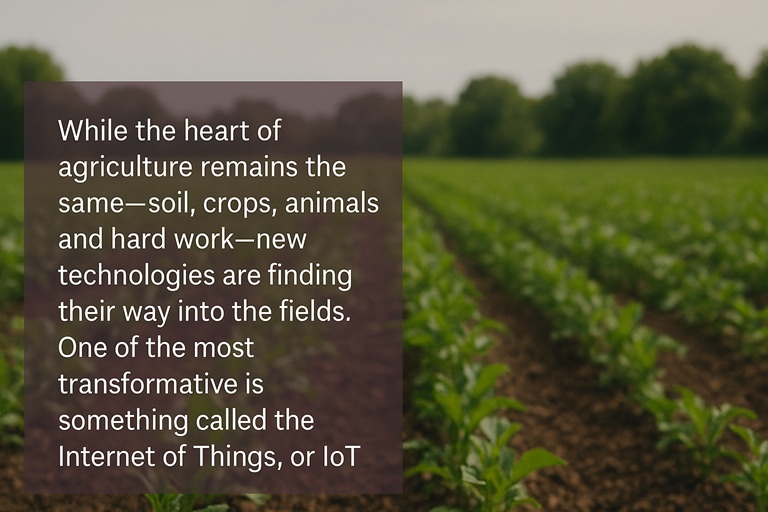Running a small precision poultry farm has been an exciting venture, especially as it has become the research ground for my projects in IoT and smart farming. One area I’ve focused on in great detail is brooder heating—an often overlooked but crucial aspect of poultry farming. The brooding stage is one of the most critical times for chicks, and I realized that getting this part right makes a world of difference in how they grow, stay healthy, and eventually thrive.
The brooder is where the chicks spend their earliest days, and it’s essentially a controlled environment where heat, light, and space must be balanced. During the first few weeks of life, chicks need extra warmth because they can’t regulate their own body temperature. If they’re too cold, they huddle together, which could result in weaker chicks or even fatalities. If they’re too hot, they’ll suffer from dehydration or heat stress.
In my research, I’ve explored several heating options for brooders, but none have been as effective or efficient as ceramic bulbs combined with smart IoT devices. Traditionally, farmers use incandescent bulbs, LPG heaters, or even charcoal to keep the chicks warm, but these methods come with several downsides—especially when it comes to safety and efficiency.
This is where IoT (Internet of Things) plays a big role in my work. IoT is a system of connected devices that communicate and gather data in real time. In my brooder setup, I use IoT devices to monitor the temperature and control the heating system automatically. These devices come equipped with sensors that track conditions in the brooder 24/7, sending me alerts and managing temperature levels to ensure the environment stays perfect for the chicks.
By automating the heat control, I’ve been able to minimize power consumption while maintaining the ideal temperature for my chicks. When I used incandescent bulbs or LPG heaters, I had to be constantly on alert, adjusting the settings manually and worrying about safety issues. With ceramic bulbs and IoT, that’s no longer a concern.
One thing I discovered early on is how critical rest is for chicks. Traditional heat lamps that emit both heat and light disrupt their natural sleep patterns. Chicks need periods of darkness to get proper rest, just like we do. However, incandescent bulbs keep the brooder lit up around the clock, which can cause stress and slow their development. This constant light can interfere with their sleep cycle, leading to fatigue and weaker immune systems.
Ceramic bulbs have been a game-changer for me in this area. They emit heat but no light, allowing the chicks to experience natural dark hours while still staying warm. Since implementing this system, I’ve noticed that the chicks seem more active during the day, and their overall health has improved. They rest better at night, which makes them stronger and more resilient as they grow.
As I was experimenting with different heating methods, I came across many problems with the more conventional approaches. Charcoal and LPG heaters were some of the most problematic. For one, they produce harmful gases—something I wasn’t aware of until I noticed that my chicks weren’t as lively when I was using these options.
Charcoal heaters, though inexpensive, emit carbon monoxide, which can be toxic to chicks in enclosed spaces. LPG heaters, while a bit more reliable, also release fumes that aren’t healthy for the birds. Plus, there’s the ever-present risk of fire with both methods, which made me feel uneasy, especially in a confined brooder area. The last thing I wanted was to endanger my flock or put my entire farm at risk.
Ceramic bulbs, on the other hand, don’t emit any gases, fumes, or harmful byproducts. They provide clean, consistent heat without all the hazards, and when paired with an IoT temperature manager, they can be controlled with precision. This makes the environment not only safer for the chicks but also much more efficient in terms of energy use.
Looking back at my journey, the switch to ceramic bulbs paired with IoT was a turning point in how I manage my brooder. The ability to automate the heating process has freed up a lot of my time and given me peace of mind that my chicks are getting the optimal conditions they need. The smart IoT system ensures the temperature is always just right, turning the heat on and off as needed without wasting energy.
Plus, the fact that ceramic bulbs have a longer lifespan compared to traditional bulbs means I spend less time on maintenance. They’re built to last thousands of hours, making them a durable and cost-effective solution for anyone looking to streamline their poultry operation.
Running a precision poultry farm has opened my eyes to how much of a difference technology can make in even the smallest aspects of farming. By moving away from traditional heating methods like charcoal and LPG and adopting ceramic heaters with smart IoT devices, I’ve not only improved the safety and efficiency of my brooder but also created a healthier environment for my chicks.
In this fast-evolving field of smart farming, precision is key, and with the right tools, like ceramic bulbs and IoT systems, I’m confident that the future of poultry farming is looking bright—and in the case of my brooder, properly dark when it needs to be.




